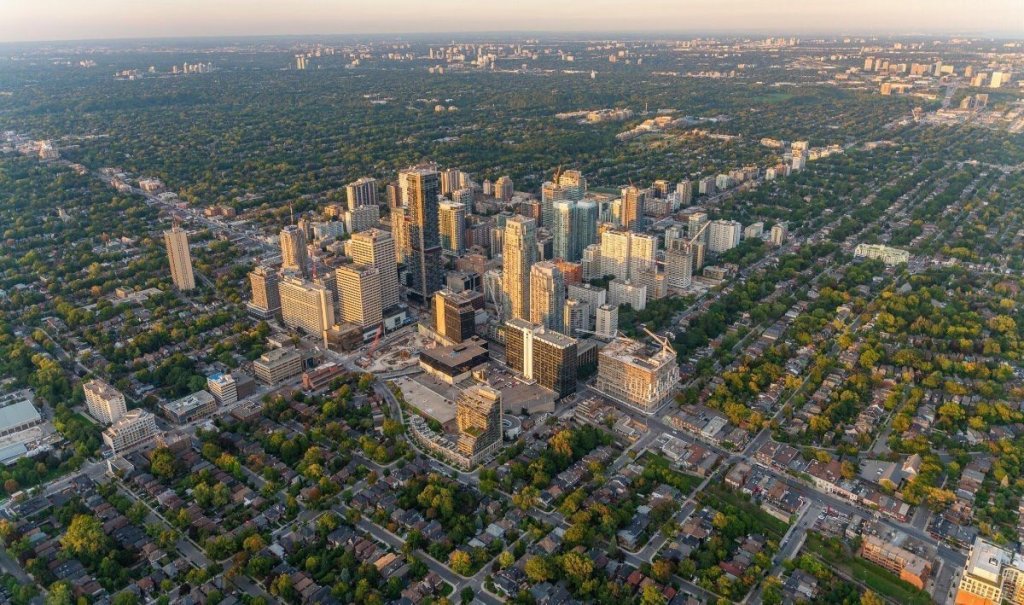This Covid year has accelerated development patterns that have been shifting over the past decade, and as originally formulated by New Urbanists 20 years before. Do you support transit-oriented development? Participating in charrettes? Reforming your zoning with form-based codes? Then thank a New Urbanist. There are many prominent patterns emerging right now, including less commuting; more home/work balance; less industry expansion; and more technology-based business growth in a post-industrial economy.
These shifts are changing the way we work, just like the industrial revolution changed our world 130 years ago by creating new building types and city-making technology with the invention of steel. In response to that revolution, our cities were reconfigured with skyscrapers, blocks of offices/factories, highways, and cars.
Many cities were reconfigured during that time, but Detroit is our nation’s most dramatic shift to and from industrialization patterns in the 20th century.
Now, as we shift into our post-industrial age—and deeper into the age of climate calamity—we are able to measure both its successes and failures. For example, classicism works best at the human scale, but it failed us at the industrial scale when it became an ornament/style and a fascist/authoritarian tool. The international style failed us at the human scale but is ubiquitous because it’s faster, easier, and cheaper to build. And modernism was a disaster at every scale (Google Léon Krier; he was right).
We are once again entering a brave new era with the opportunity to create a balanced approach to architecture, building types, and city-making techniques that are intended to civilize and modify the best and worst of our industrial advances with the best of our human-scaled buildings and places. By using a full spectrum of 21st century placemaking tools, the Next New Urbanism is able to advance the human condition toward a more sustainable future.
.



